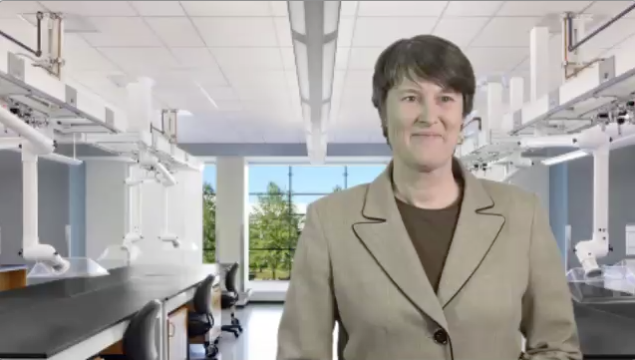
A few months back, we had a client who wanted several training videos. The only location they had available to them was in their rather uninspiring conference room, and so no one was particularly enthusiastic about how that was going to look.
Their previous videos had been filmed against one of the room’s white walls, which had worked reasonably well, but I thought we could give ourselves a little more flexibility by using a green screen. So I suggested the idea and told them that, afterwards, we could insert whatever color behind our presenters that they wanted. This was well-received and nothing more was said on the subject.
Things got a little off-track, however, when, during filming day, one of the crew members joked about inserting a picture of Mars or Disneyland behind our speakers. While everyone understood it was a joke, it obviously planted ideas in our client’s head! Not long after, our client informed us that her colleagues liked the idea of putting an image of some kind behind the speakers. “We don’t need Mars, but maybe a picture of a legislative building while Mike’s talking about laws and regulations?”
And then I realized my error. I was working on the assumption that we would use a solid color as a background, and when discussing it initially, I should have said “We can use a green screen, but don’t get any ideas about trying to insert a picture into the background to fake reality because it will fail epically.”
Hollywood studios can set up green screens, have their actors duel to the death in front of one, and then insert their characters into medieval England. For the rest of us who aren’t operating with multi-million dollar budgets, though, that’s not really an option. Even if your intent isn’t to fool your viewer, it will often just look a little goofy.
Here’s an earlier video of ours in which Rachel discusses this a little more and shares a couple of examples that illustrate what I’m talking about.